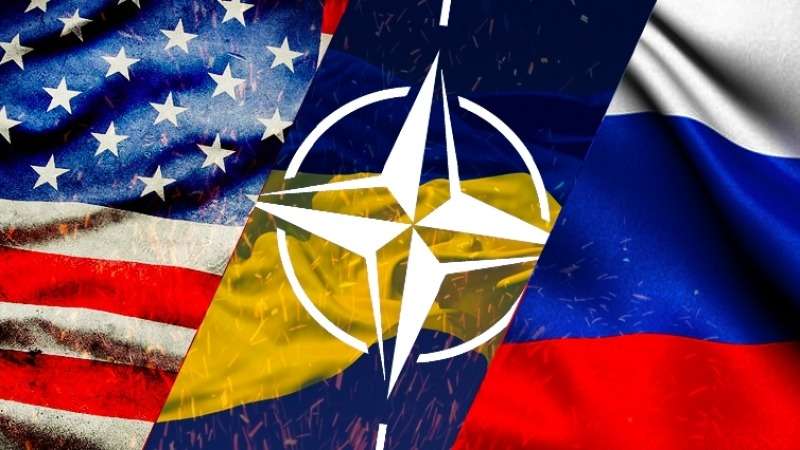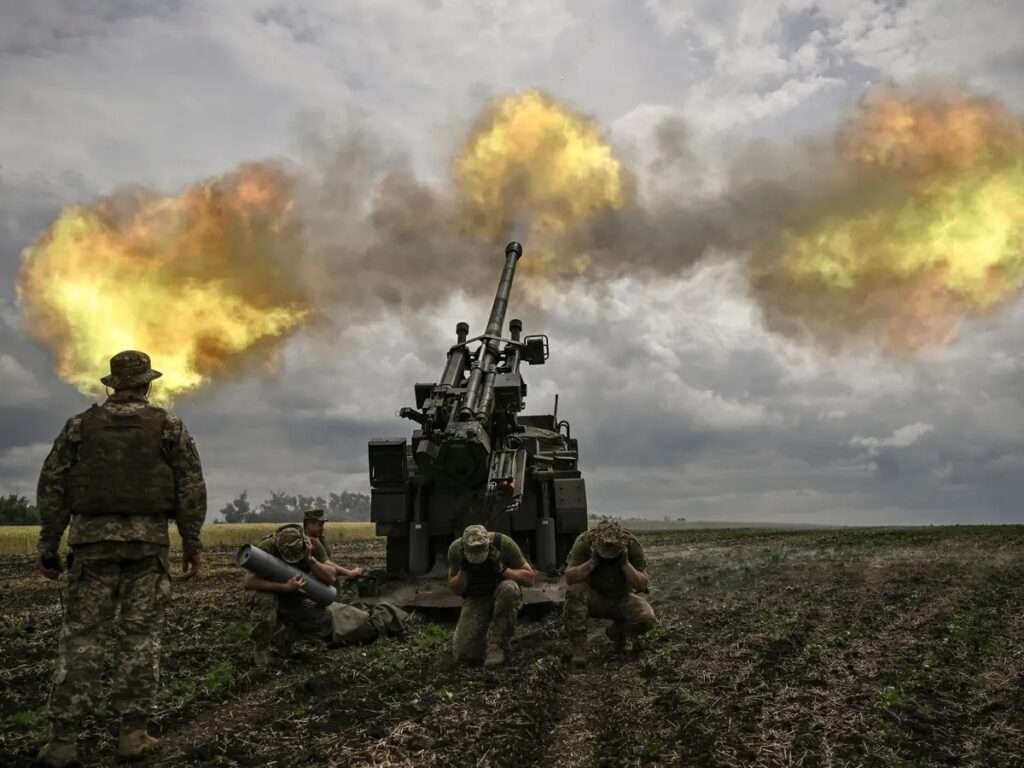
Patricia Marins
For several months, Ukraine has been requesting weapons while NATO has been cautious about escalating the situation. However, little did anyone realize that the West was unknowingly falling into a trap set by Russia.
By refusing to provide Ukraine with long-range weapons, modern armored vehicles, and air power, NATO effectively agreed to engage in an attrition war. This plays right into the hands of the Russians, who have a long-standing expertise in this type of warfare, even after modernizing their military doctrine.
The Russian defense industry employs nearly 3 million people across approximately 1,500 defense companies. In contrast, the European industry employs only around 480,000 individuals in fewer companies. While European companies have focused on producing expensive guided weapons with higher added value but lower production numbers, they are ill-prepared for an attrition war.
While European companies have focused on producing expensive guided weapons with higher added value but lower production numbers, they are ill-prepared for an attrition war.
Europe’s annual production of armored vehicles is limited to around 500 units, including models like Patria, CV90, Boxers, and others, with a production rate of 50-100 units per model. In terms of tanks, KMW produces only 50 Leopard 2 tanks annually, and other companies like Rheinmetall can refurbish some equipment but at a slow rate of only a few dozen units per year.
It’s important to note that these numbers represent only about 15-25% of Russia’s yearly production if their factories are operating at full capacity, which remains uncertain.
The EU also faces challenges in artillery ammunition production, as they are unable to match even a third of Russia’s production despite their best efforts.
With a more technologically advanced defense industry, NATO mistakenly accepted the challenge of an attrition war, where their chances of victory are limited.

Over the past year, Ukraine has managed to sustain an attrition war to some extent, thanks to its own army units and the weapons received during that time. Additionally, the limited production from Russian factories played a role.
However, the situation has now drastically changed. Launching a counter-offensive against multi-layer defensive positions with only 200 heavy tanks, 300 IFVs, scarce short-range air defense systems, and no air support is an audacious and unimaginable move.
To alter this situation, substantial capabilities such as a significant number of Shadow Storms or other missiles, as well as air power and thousands of new armored vehicles and tanks, would be required. However, personally, I doubt that the West can provide such support. Above all, NATO needs to reassess the strategy of engaging in an attrition war.
NATO needs to reassess the strategy of engaging in an attrition war.
This is a critical situation, particularly because Russia is dictating the course of the war, drawing it onto their preferred battleground.
Choosing to engage in an attrition war against an opponent who has 18,000-25,000 armored vehicles in active service and reserves, and possesses the facilities to refurbish them, was undoubtedly a poor choice.

Be the first to comment